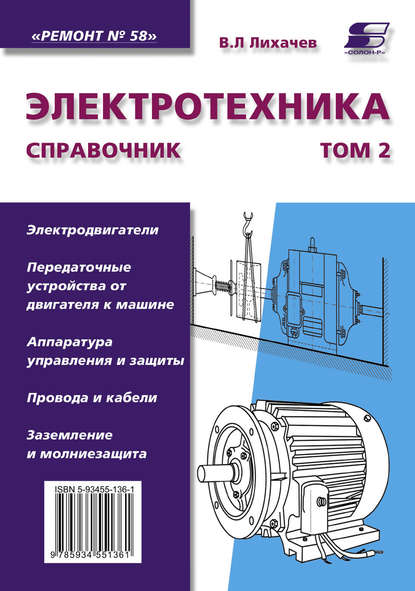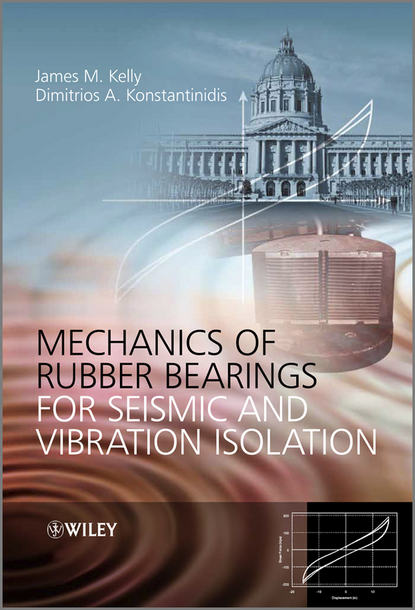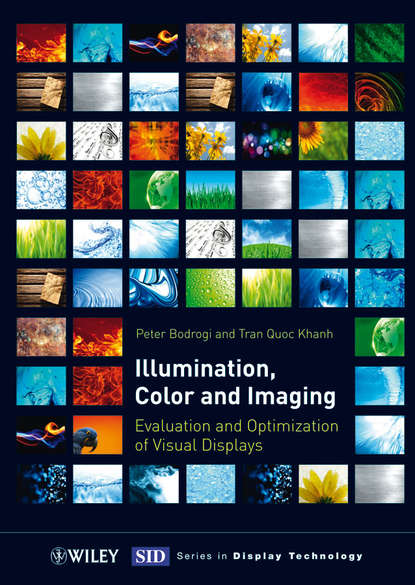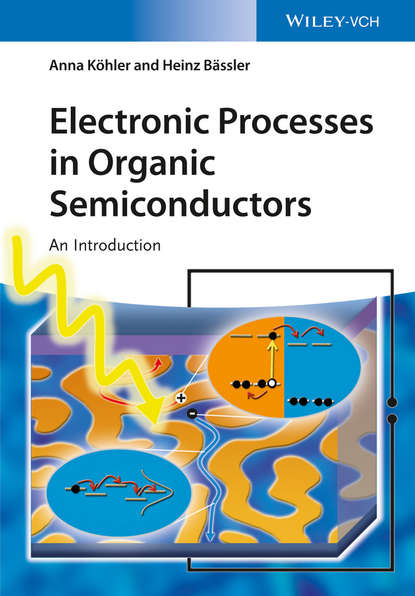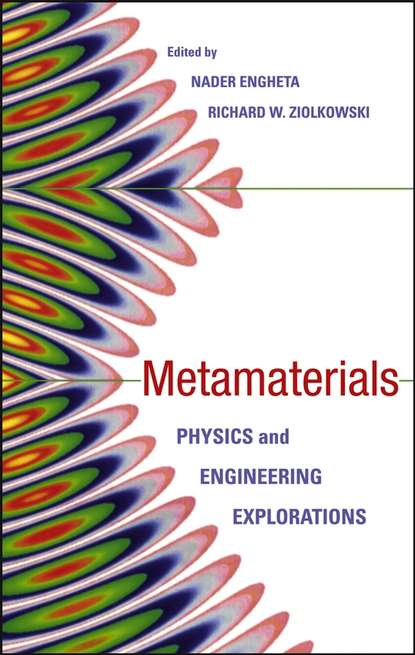“Signal Processing of Power Quality Disturbances” by Irene Gu is a comprehensive guide for researchers and professionals in the fields of power engineering and signal processing. The book provides an in-depth analysis of various types of power quality disturbances and their measurement and processing techniques. It also includes a detailed discussion of the use and interpretation of power quality standards and guidelines.
The authors, Irene Gu and her colleague, bring together their expertise in signal processing and power quality to provide a unique perspective on the subject. They discuss the origin and characteristics of different types of disturbances, such as variations and events, and provide a thorough analysis of their measurement and analysis methods.
One of the key features of the book is its practical approach. The authors provide a clear distinction between variations and events disturbances, and include a full set of tools for each type. This includes detailed examination of the origins of the disturbances, signal processing techniques, interpretation and analysis of measurements, and methods for further processing of features extracted from signal processing to create site and system indices.
Overall, “Signal Processing of Power Quality Disturbances” is a valuable resource for anyone interested in understanding the complexities of power quality and its impact on signal processing systems. It provides a comprehensive overview of the subject, and includes practical tools and techniques for measuring and analyzing power quality disturbances.
Электронная Книга «Signal Processing of Power Quality Disturbances» написана автором Irene Gu в году.
Минимальный возраст читателя: 0
Язык: Английский
ISBN: 9780471931300
Описание книги от Irene Gu
Bridging the gap between power quality and signal processing This innovative new text brings together two leading experts, one from signal processing and the other from power quality. Combining their fields of expertise, they set forth and investigate various types of power quality disturbances, how measurements of these disturbances are processed and interpreted, and, finally, the use and interpretation of power quality standards documents. As a practical aid to readers, the authors make a clear distinction between two types of power quality disturbances: * Variations: disturbances that are continuously present * Events: disturbances that occur occasionally A complete analysis and full set of tools are provided for each type of disturbance: * Detailed examination of the origin of the disturbance * Signal processing measurement techniques, including advanced techniques and those techniques set forth in standards documents * Interpretation and analysis of measurement data * Methods for further processing the features extracted from the signal processing into site and system indices The depth of coverage is outstanding: the authors present and analyze material that is not covered in the standards nor found in the scientific literature. This text is intended for two groups of readers: students and researchers in power engineering who need to use signal processing techniques for power system applications, and students and researchers in signal processing who need to perform power system disturbance analyses and diagnostics. It is also highly recommended for any engineer or utility professional involved in power quality monitoring.



